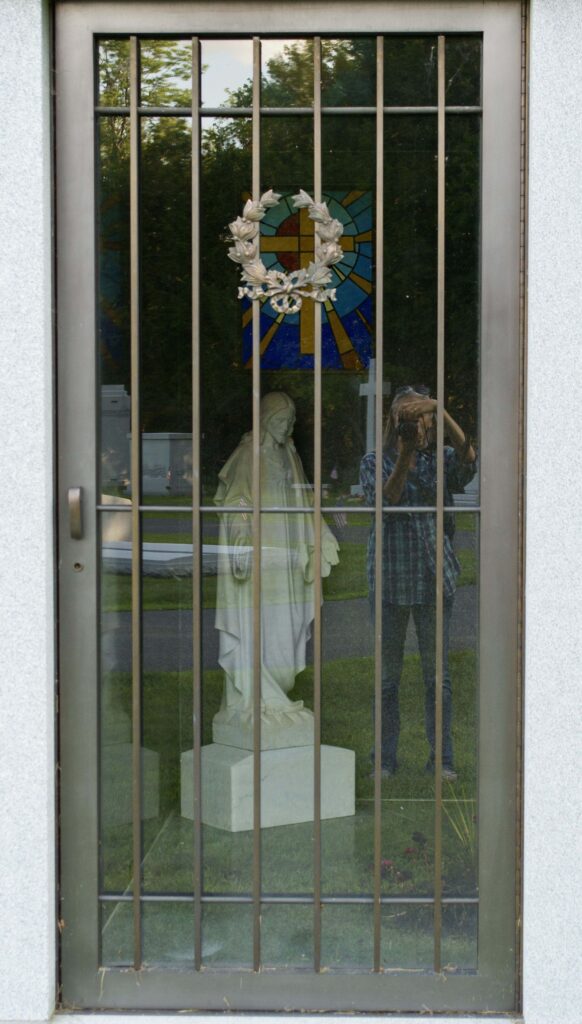I have more thoughts about teaching during a pandemic. So many thoughts after two weeks teaching in a field and three weeks teaching online. Thoughts are definitely forthcoming.
But I also mean to use this place for thoughts and resources for writers, based on students I’ve worked with over the last decade+ and their needs. OK, so this is also a way to keep track for myself and have a resource that’s easy to share when requests come in.
Revision is a complicated part of writing for a lot of writers. Where to begin?
You have a draft, but what is your story?
When I start talking revision with students, I can see the tense shoulders. I can see the wincing.
You struggle to pull a draft together, and then this teacher reads it and has other students read it, and they tell you they don’t understand things you thought were perfectly clear. They ask questions. They make many comments on the pages you labored over.
Schooling often focuses so much on right and wrong, and offers red Xs marked all over the page. Either you wrote it right, or you wrote it wrong. If a writing process is taught, that process often looks something like this — write draft, correct mechanics errors, and now the draft is finished.
I don’t blame schools and teachers for that. They’re under a lot of pressure to have students produce a lot of content, and a substantial drafting process slows down the content production. The creation of a great piece of writing, though, often doesn’t follow such a straightforward path. Professional writers revise and rewrite, sometimes substantially, sometimes over and over. A first draft isn’t right or wrong. It’s simply a beginning.
You have a beginning, and then what?
You might want to give it to readers for feedback. I suggest readers you trust to be insightful. They love you, and they love your work. However, they won’t simply tell you your work is great. They’ll ask tough questions to help you realize your vision.
You also will need to find a way to see your own story anew.
Many writers put their work away for a while. They stick it in a drawer, literally or figuratively, and don’t look at it for at least a month. Honestly, it can be hard not to peek.
After I do this, I read the whole manuscript on paper, with a pen, stickies, and a pad. I mark up as I go, and I write large questions or comments. I usually do this after I receive feedback from my readers.
Before re-reading a manuscript, some writers change the font or the font size or the spacing or the margins. Some make the story font so small that the story only fits on a few pages. They’re trying to shock themselves a bit, so they’re not just skimming. They want to do what they can to force themselves to give the story a much closer, more thoughtful read.
Pixar has some great suggestions for identifying what your story truly is at its heart. These suggestions might also help you identify what your first draft might be missing. You could keep the questions beside you as you read your story, or you could read them over after you read your story. You might write them in the margins of your story as you go, if you think the questions are ones you still need to answer. (With thanks to my colleague Olugbemisola Rhuday-Perkovich for sharing this resource during Solstice’s residency this summer.)
In The Last Draft Sandra Scofield provides all kinds of great exercises for writers with a draft. Her book is about revising novels, but some of the techniques she shares could be used for short stories. One really essential bit of advice: “If the story is weak, you can’t fix it by fussing with sentences. Don’t confuse the need to rewrite sentences with the quality of the story itself…If you still feel disappointed in the story itself, you may have to rethink the story.” Her book then details steps you can take if you think you have a story but it is, in her words, “a holy mess.” Which first drafts often are.
She suggests you start by focusing on three questions. Who is the story about? What happens? Why does it matter?
I often ask students these questions, and I ask my students to answer briefly. Tell me the central story in a few sentences or a short paragraph. If they can’t, sometimes that’s only because they aren’t quite sure how to put it into words. Sometimes, though, they’ve written many scenes but they don’t really know the answer to the questions. They don’t really know the heart of their story. They have a lot of raw material, but they still have to discover or decide how to use the material.
So what’s the next step if you don’t really know the answer to all of Sandra’s questions?
Thinking. Dreaming. Choosing. Maybe interview your characters and give them the chance to speak? They can be recalcitrant at times, in my experience, but spending the time and listening to them can be worth the effort.
